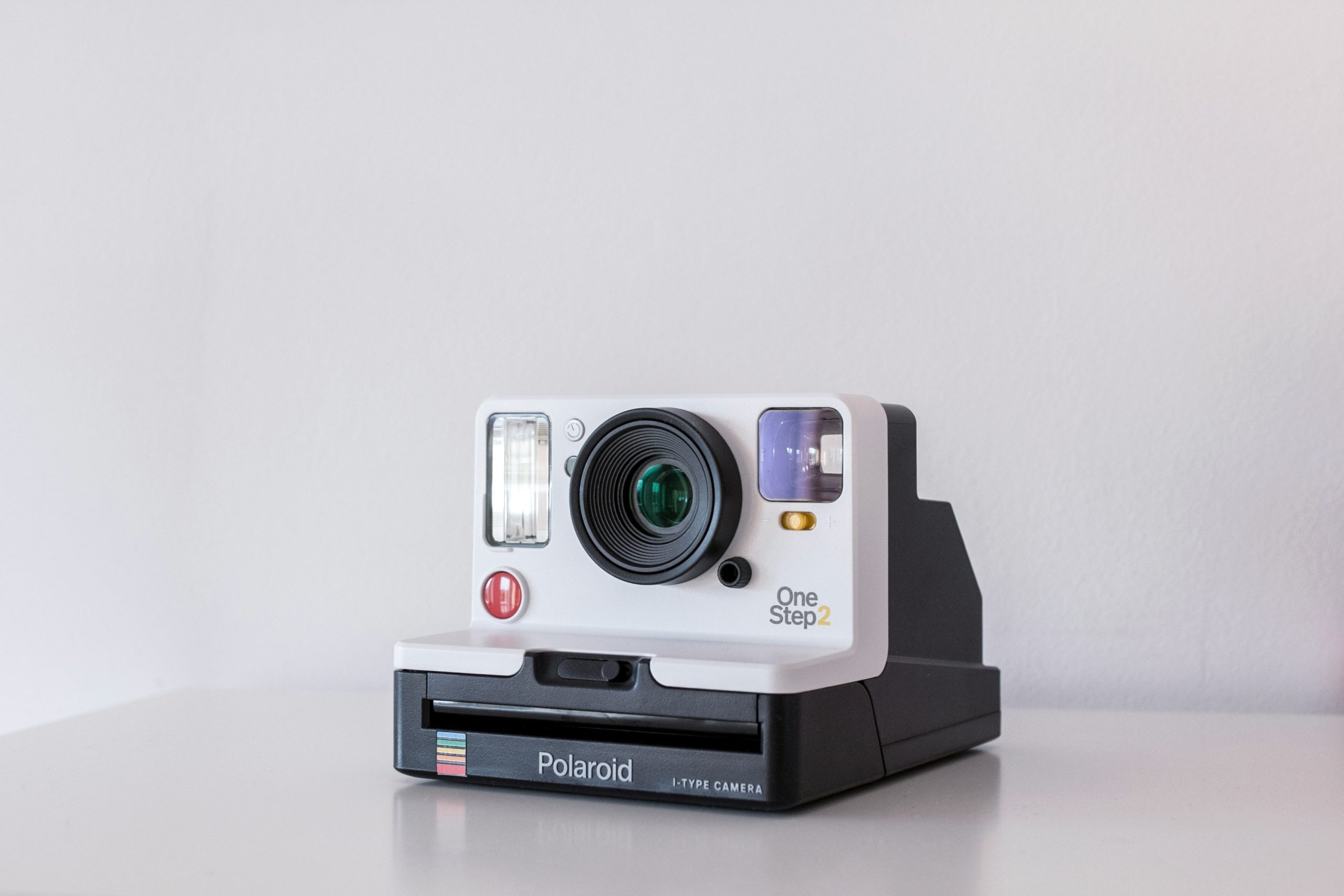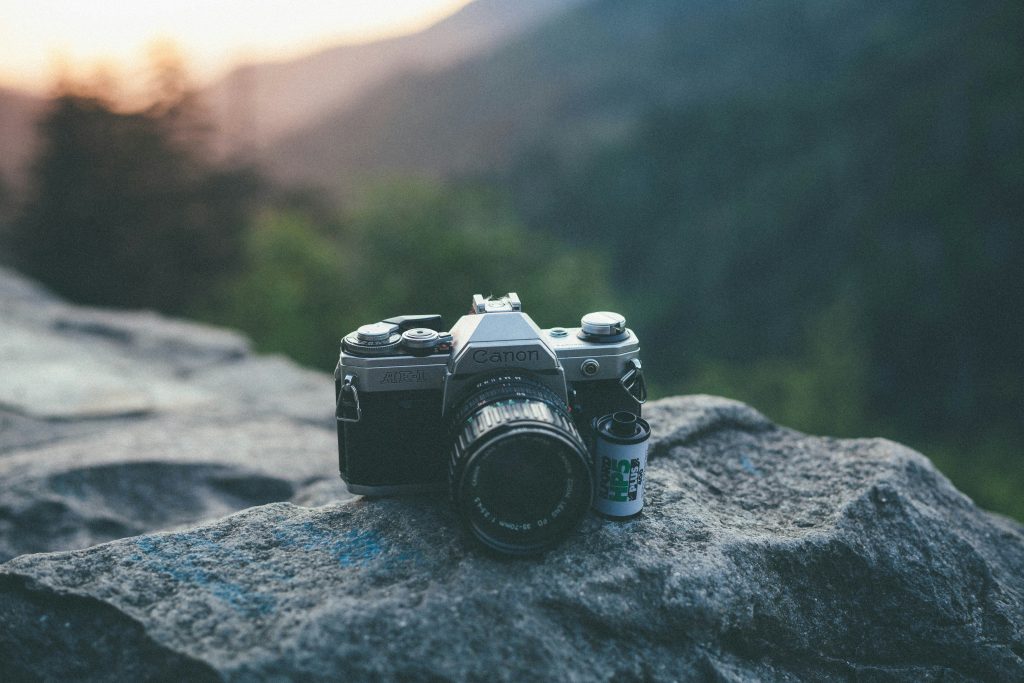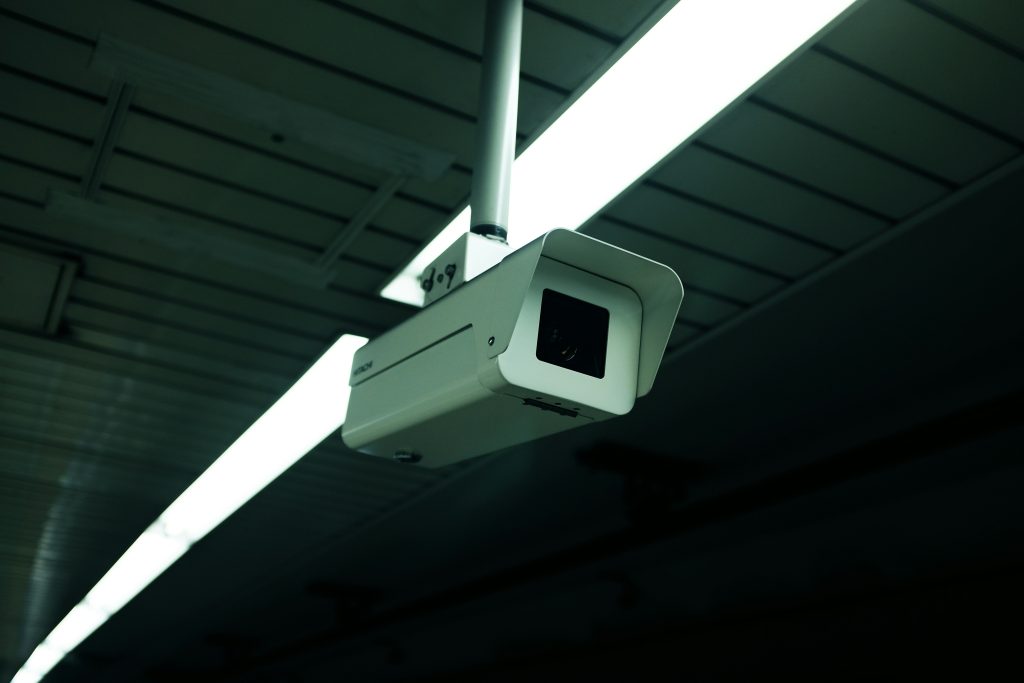Ever set up your camera on a trail, expecting to capture that majestic elk or elusive fox, only to return with hours of footage showing… absolutely nothing? Yeah, us too.
Hiking isn’t just about the journey; it’s about capturing those raw, fleeting moments in nature. But let’s be real: lugging around gear and manually recording everything is exhausting. Enter motion detection cameras—the secret weapon every outdoor enthusiast needs. In this guide, we’ll cover how these cameras revolutionize hiking photography, the step-by-step setup process, tips for maximizing their potential, and real-world examples of hikers who’ve nailed it (and those who learned the hard way).
Table of Contents
- Key Takeaways
- Why You Need Motion Detection Cameras on the Trail
- Step-by-Step Guide to Setting Up Your Camera
- Top Tips for Using Motion Detection Cameras
- Real Stories from Real Hikers
- Frequently Asked Questions About Motion Detection Cameras
- Conclusion
Key Takeaways
- Motion detection cameras eliminate the need for constant monitoring while hiking.
- They are ideal for capturing wildlife movement without disturbing natural behavior.
- Placement, lighting, and settings all play crucial roles in getting stellar shots.
- Poorly configured cameras can lead to missed opportunities—be mindful!
Why You Need Motion Detection Cameras on the Trail
Imagine trekking miles into the wilderness, finally spotting a herd of deer grazing at dawn. You reach for your phone—or worse, pause mid-hike to adjust your DSLR—but by the time you’re ready, they’ve vanished. This scenario happens more often than not, but motion detection cameras solve this problem entirely.
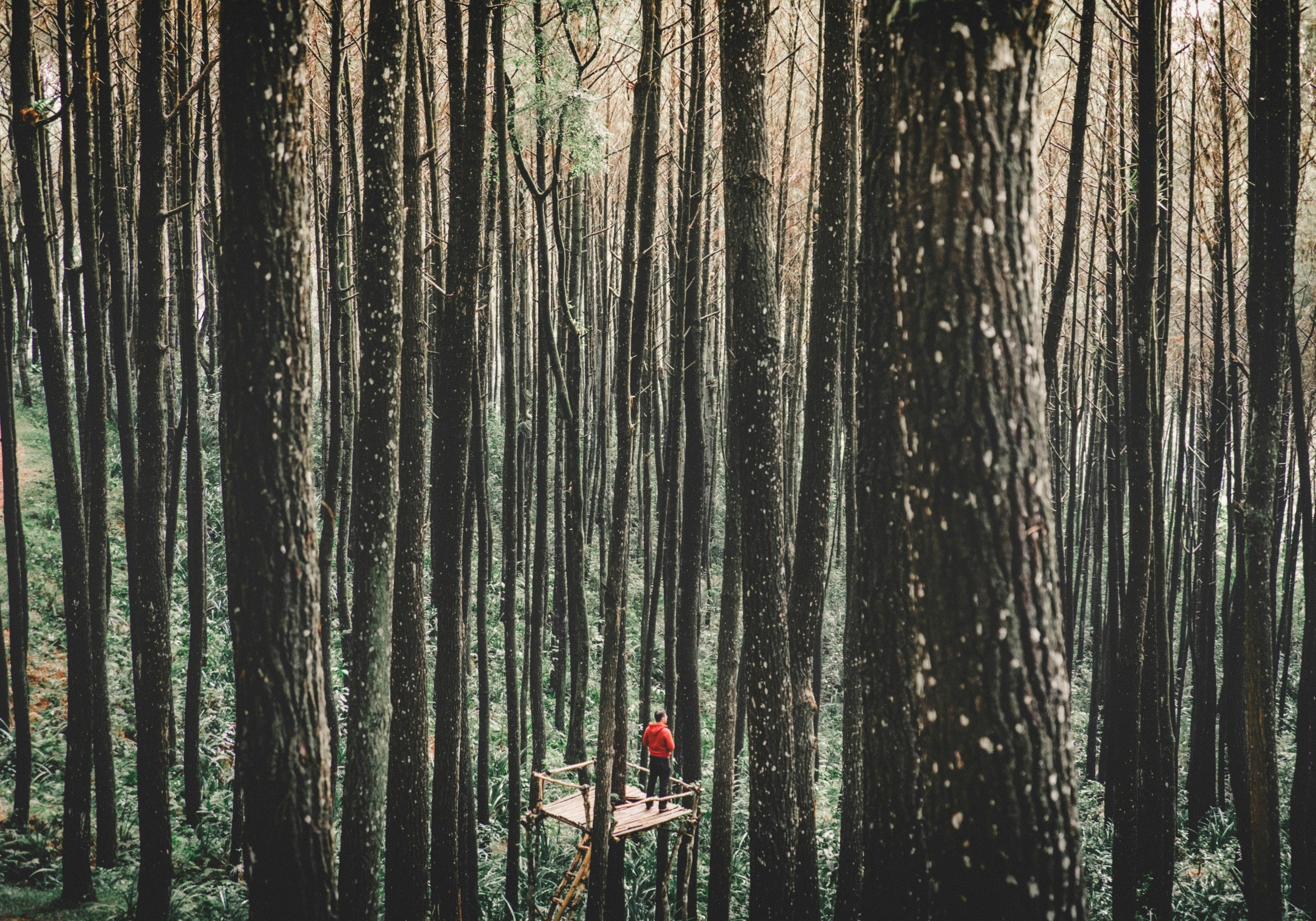
Image caption: Proper placement of a motion detection camera ensures you won’t miss any action!
I’ll admit it: I once tried hiding behind a bush with my GoPro hoping to snap some epic footage. Instead, I spent three hours covered in mud—and didn’t even get a usable shot. That was before I invested in a high-quality motion detection camera. These devices detect changes in heat signatures and trigger recordings automatically, freeing you to focus on enjoying the hike.
Optimist You: “This technology will change everything!”
Grumpy You: “Yeah, but make sure it has good battery life first. No one wants dead tech halfway through.”
Step-by-Step Guide to Setting Up Your Camera
Step 1: Choose the Right Location
Your camera must face where activity is likely, such as animal trails or water sources. Pro tip: Avoid placing it directly facing the sun—overexposure ruins footage faster than anything else.
Step 2: Secure Placement
Mount the camera securely on a stable surface like a tree trunk or rock. A flimsy installation means blurry photos or videos.
Step 3: Adjust Sensitivity Settings
Too sensitive? Leaves blowing in the wind will spam your memory card. Too low? Missed shots galore. Find a happy medium during testing.
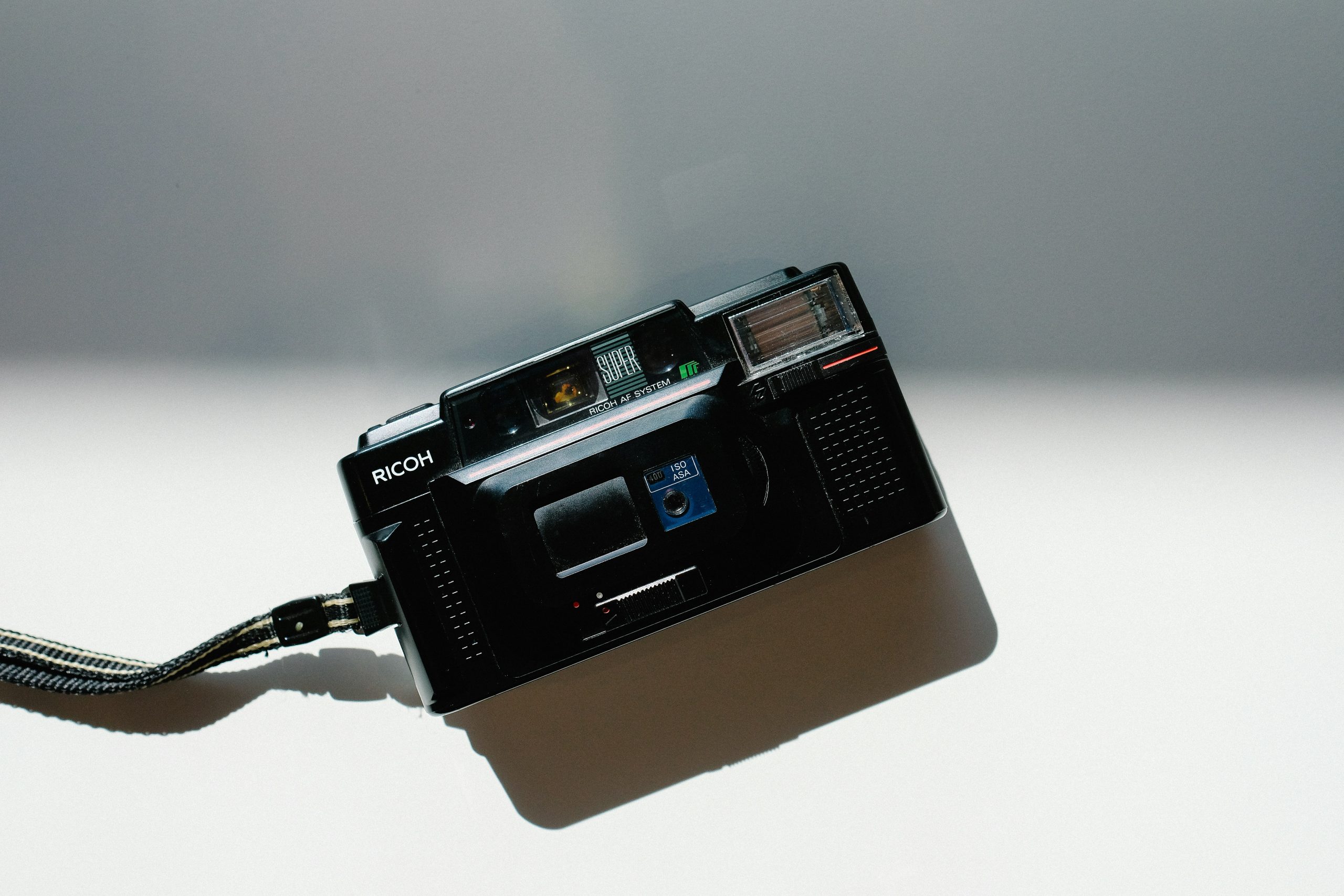
Image caption: Fine-tuning sensitivity settings ensures optimal results.
Top Tips for Using Motion Detection Cameras
- Use External Power Sources: Opt for solar chargers if your adventures span multiple days. Nobody likes running out of juice.
- Infrared Technology: For nocturnal animals, invest in models featuring infra-red flash so you don’t disturb them.
- Memory Management: Regularly clear old files to avoid running out of storage space mid-adventure.
Rant Alert: Don’t buy cheap knock-offs online thinking they’re “just as good.” Trust me—I lost an entire week’s worth of data because a bargain camera corrupted its SD card. Not worth it.
Real Stories from Real Hikers
Tina, a seasoned hiker, shares her win: “I installed a motion detection camera near a stream last summer. Came back two weeks later to find footage of otters playing—it made my year!” Contrast that with Mark, whose poorly configured camera captured only his boots walking past repeatedly. Lesson learned.
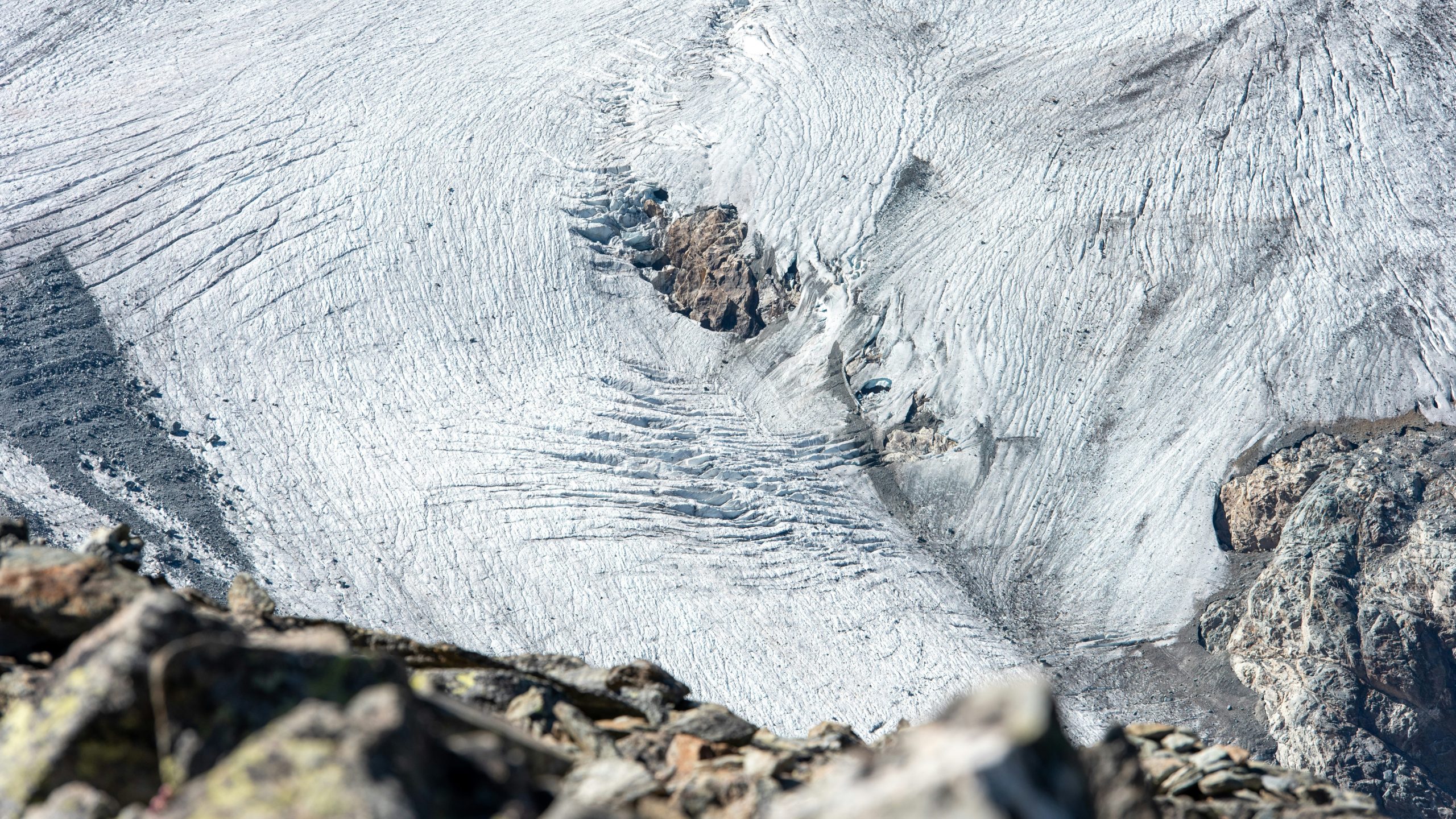
Image caption: Tina’s successful capture proves preparation pays off big time.
Frequently Asked Questions About Motion Detection Cameras
Q: How long do batteries typically last?
A: It depends on usage and model, but many modern units last several weeks with careful energy management.
Q: Can motion detection cameras handle harsh weather conditions?
A: Yes, most outdoor variants are designed to withstand rain, snow, and extreme temperatures. Just double-check specifications.
Q: What’s the best brand for beginners?
A: Brands like Bushnell and Moultrie are beginner-friendly and reliable.
Conclusion
Motion detection cameras truly transform how we document our hikes and explore nature effortlessly. From reducing manual effort to providing stunning, candid captures of the outdoors, they’re indispensable tools for every adventurer. Whether you’re chasing rare wildlife sightings or simply want proof of that breathtaking sunrise, these cameras deliver. Now go ahead and try it yourself—but please, remember the coffee rule. Happy trails!
Bonus Haiku:
Wildlife whispers near,
camera clicks unseen sights,
memories forever.
